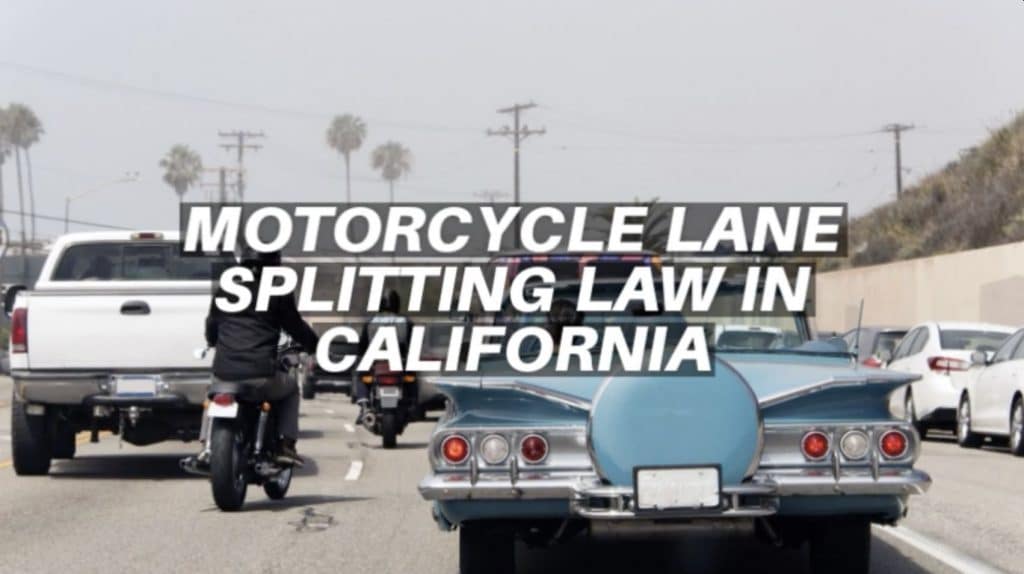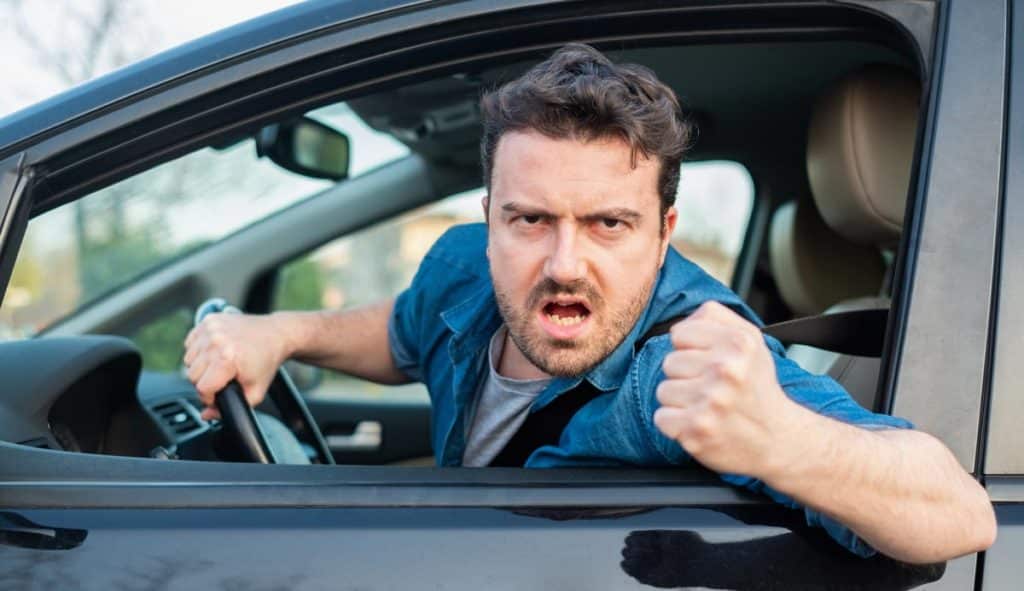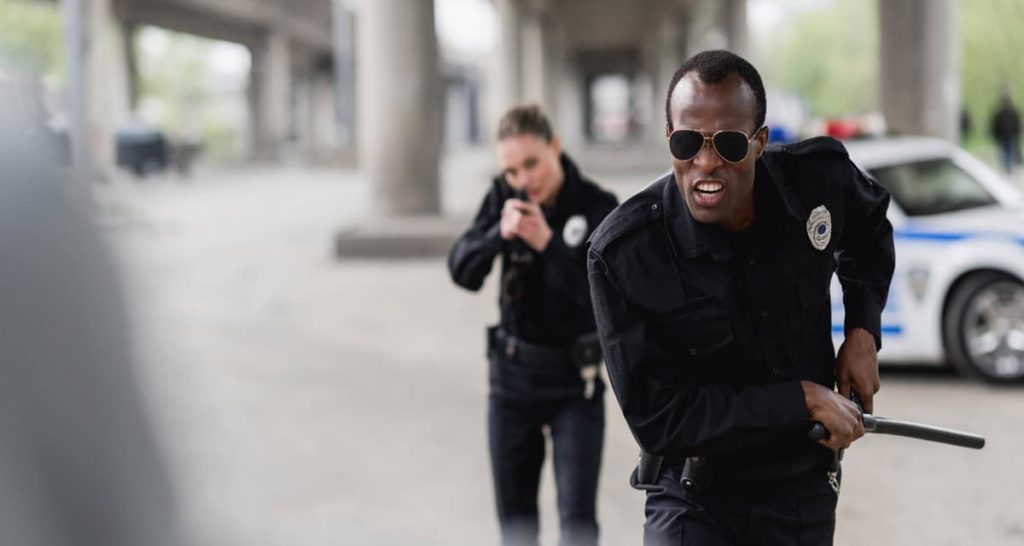“Lane splitting” or “lane sharing” is the act of riding a motorcycle in between two lanes of stopped or slowly moving traffic. Many motorcyclists use this maneuver to help them bypass congested traffic common in California. While lane splitting is legal in California, it must be performed with proper care and caution.
History of the California Motorcycle Lane Splitting Law
Prior to the passage of the motorcycle lane splitting law, the official stance of California’s Department of Motor Vehicles was that “California law does not allow or prohibit motorcycles from passing other vehicles proceeding in the same direction within the same lane.” Many motorcyclists would split lanes and follow guidelines by the California DMV that recommended lane splitting only at speeds lower than 40 mph and speeds no more than 10 mph faster than the speed that traffic was traveling at in other lanes and when it could be done in a reasonable and responsible manner with the motorcyclist taking into account road conditions.
However, lawmakers officially legalized this practice with the passage of California Vehicle Code 21658.1, which became effective on Jan. 1, 2017. This law applies to motorcycles:
- With two wheels
- In contact with the ground
- Traveling between rows of moving vehicles in the same lane
- Driving on divided or undivided streets, roads or highways
California became the first state to make lane splitting legal, but this practice is often used in heavily-populated areas throughout Europe and Asia.
Safety of Motorcycle Lane Sharing
Some people are under the belief that lane sharing is always a dangerous driving maneuver. However, many motorcyclists believe that lane splitting makes it safer for them to ride and avoid being hit from behind.
Recent research supports this view: the Safe Transportation Research & Education Center at the University of California Berkeley conducted a study of more than 6,000 crashes and concluded that safe lane splitting is safer than stopping behind vehicles in slow moving traffic, resulting in fewer fatalities, serious torso injuries and concussions. Additionally, they found that when motorcyclists conducted lane splitting at speeds under 50 mph and less than 15 mph faster than traffic in nearby lanes.
Tips on Safe Lane Splitting
Follow these guidelines to safely lane split:
- Split lanes at speeds less than 10 mph faster than nearby traffic so that you will have time to react and avoid potential hazards
- Split in the furthest left lanes if you have an option where motorists anticipate lane changes
- Do not ride on the shoulder as this is not considered lane splitting and is illegal
- Make yourself more visible to other motorists by wearing brightly colored clothing, using reflectors and using high beams during the daylight
- Stay out of the blind spots of other vehicles
- Consider your total environment before splitting lanes, including taking into consideration the size of surrounding vehicles, road conditions, weather conditions, the width of lanes and lighting conditions
You should avoid lane splitting under any of the following conditions:
- When traffic is moving at 30 mph or faster
- When traffic is unpredictable
- When you are on roads that you are not familiar with
- When you are traveling next to commercial trucks, buses, motor homes or other large vehicles
- When the road is unsafe due to loose gravel, differences in height or water buildup
- When the road is so narrow that you do not have enough space to pass safely
- When you are at a toll booth or at a crosswalk
- When you are driving around or through curves
- If you are impaired or not fully alert
- If you do not have enough time to react to changing conditions
- If you are traveling through a construction zone
How to Avoid Lane Splitting Accidents
If you are driving a car, you also have the responsibility to drive carefully. You should be on the lookout for motorcycles that are lane splitting. Keep a few seconds of distance between you and other vehicles on the road. Expect possible sudden movements from others and drive defensively. Do not weave back and forth between lanes.
Liability in Lane Splitting Accidents
If a lane splitting accident occurs, it is not necessarily the motorcycle rider’s fault. If you were involved in a lane splitting accident, you should contact police to report the accident. The responding officer will determine if lane splitting was completed in a safe and prudent manner. Every motorcycle rider is responsible for his or her own safety and must use his or her own judgment to safely travel in a way that reduces crash risk.
Lane splitting is a legal driving maneuver, so the motorcyclist will not necessarily be held liable if an accident occurs. Instead, the specific circumstances surrounding the accident will help determine who is found at fault for the accident. Ultimately, liability will be determined as it is in other cases, such as:
- Reviewing the accident or police reports
- Evaluating the testimony of the drivers and witnesses
- Assessing the point of impact of the vehicles
- Reviewing the vehicle code for any violations
- Reviewing pictures or videos of the accident scene
California uses a comparative negligence system, so liability may be split between the parties. While sharing part of the liability will not bar you from recovery, your award can be reduced by your degree of fault.
If you were injured in a California lane splitting accident and you believe the other driver was at fault, it is important to contact a personal injury lawyer who is experienced with these types of accident claims. He or she can conduct a thorough investigation to determine who is legally responsible for your injuries and pursue maximum compensation for your claim.





